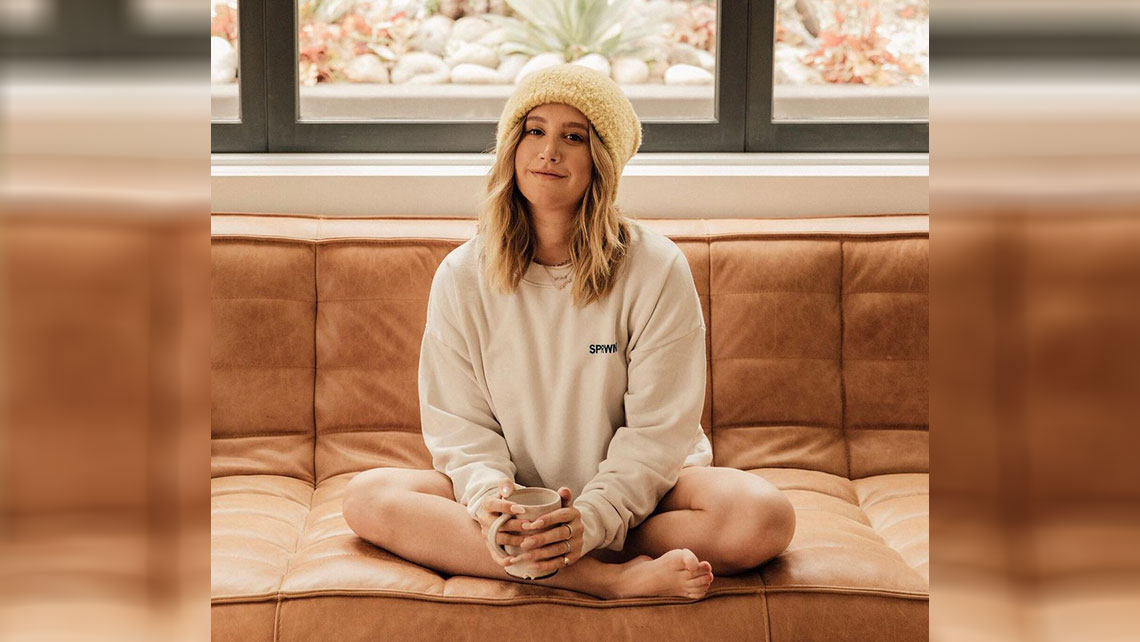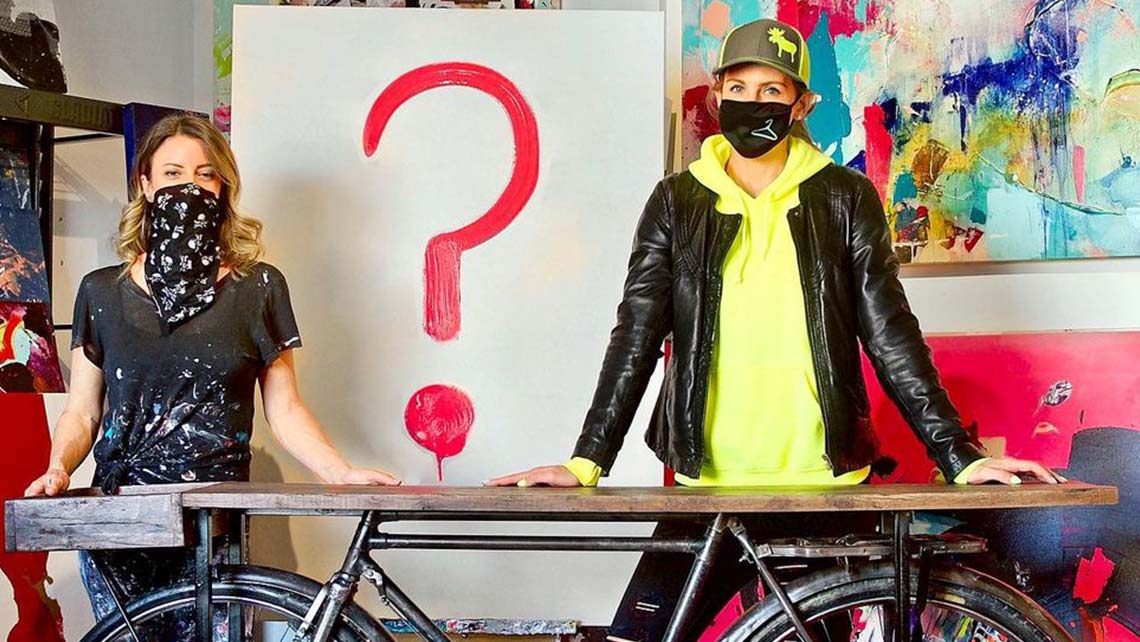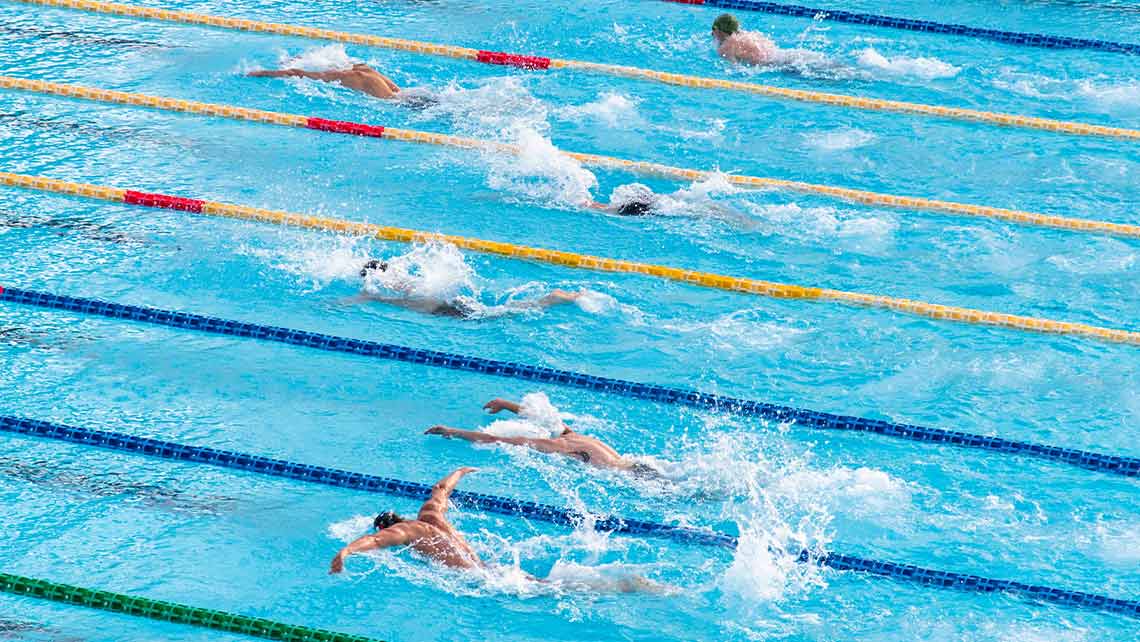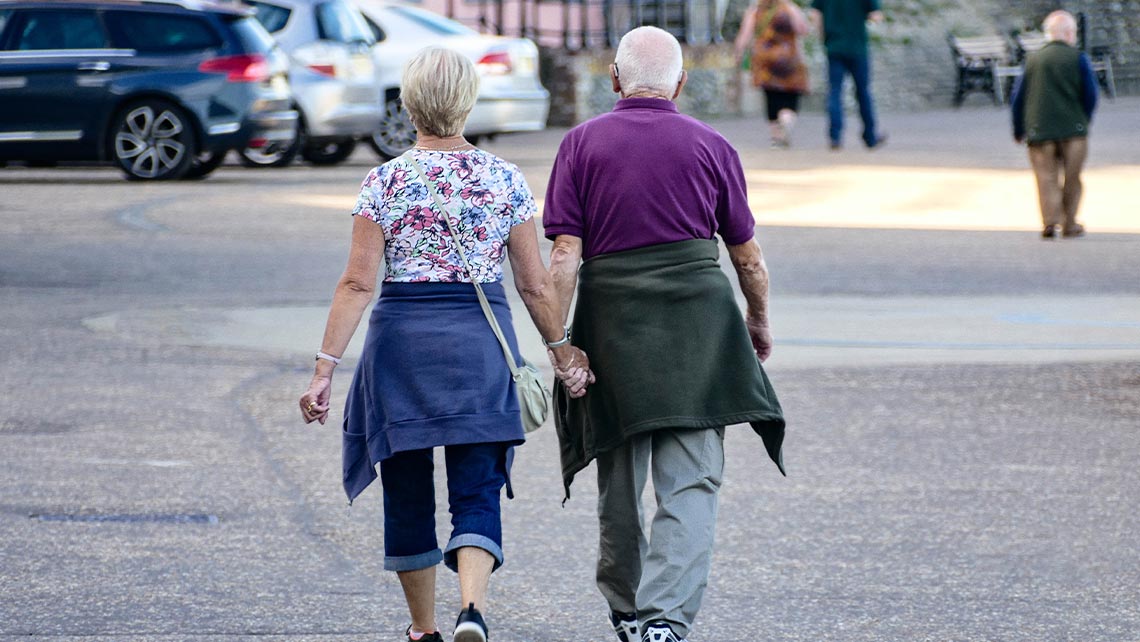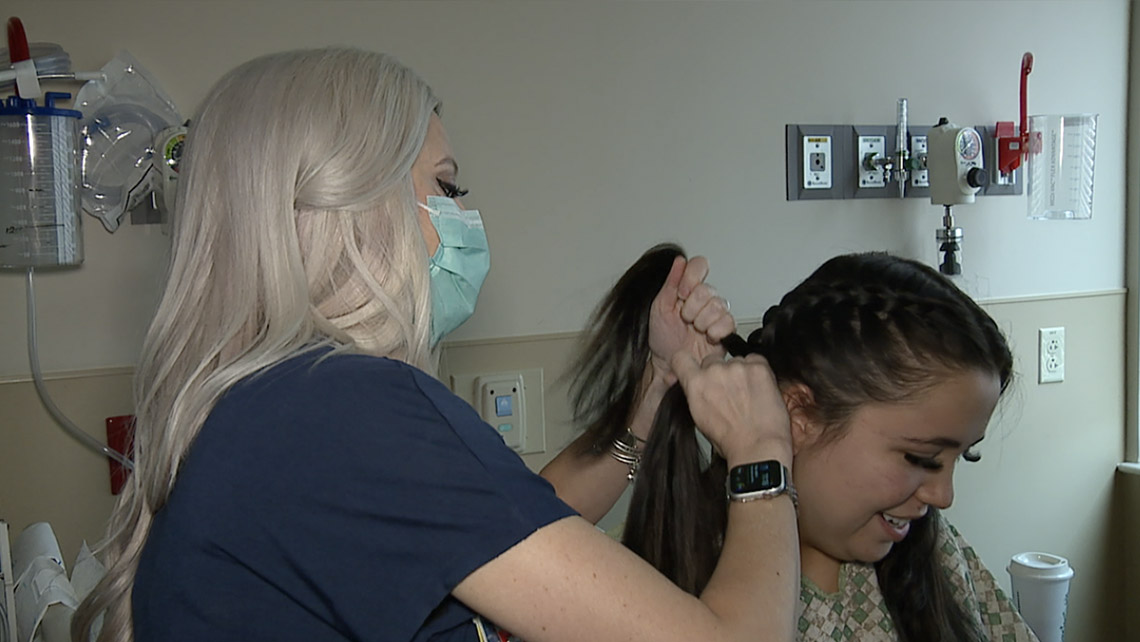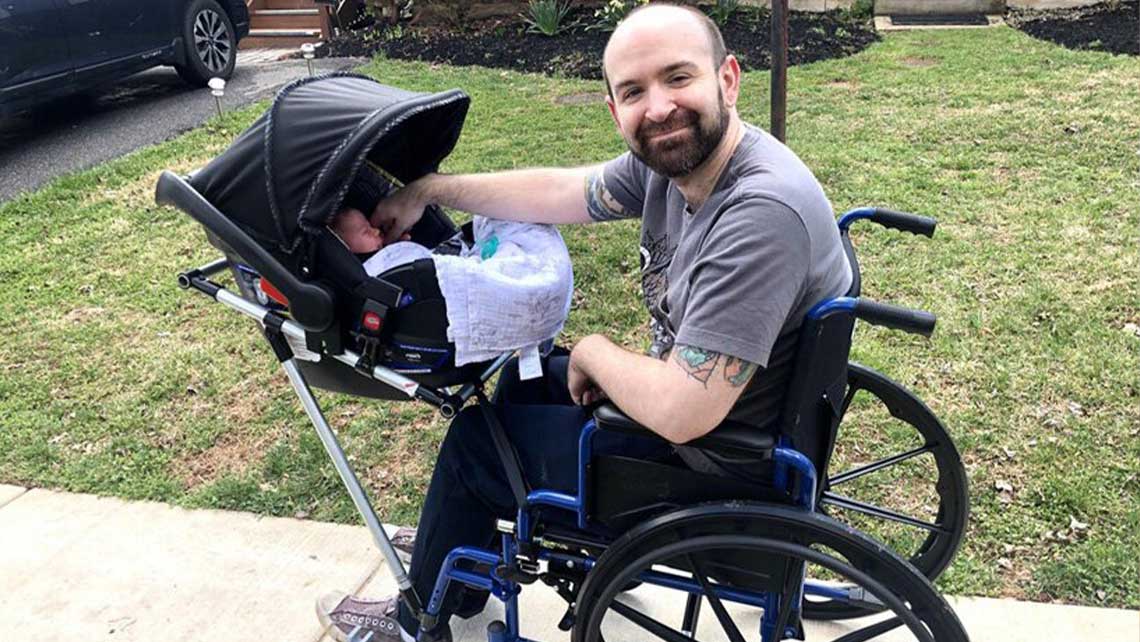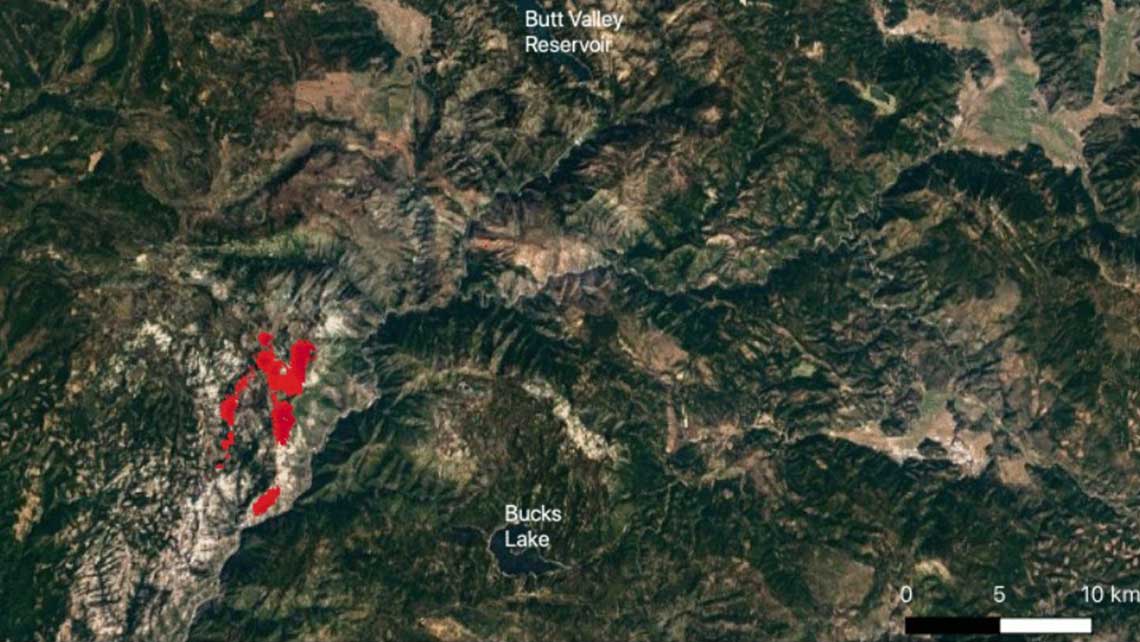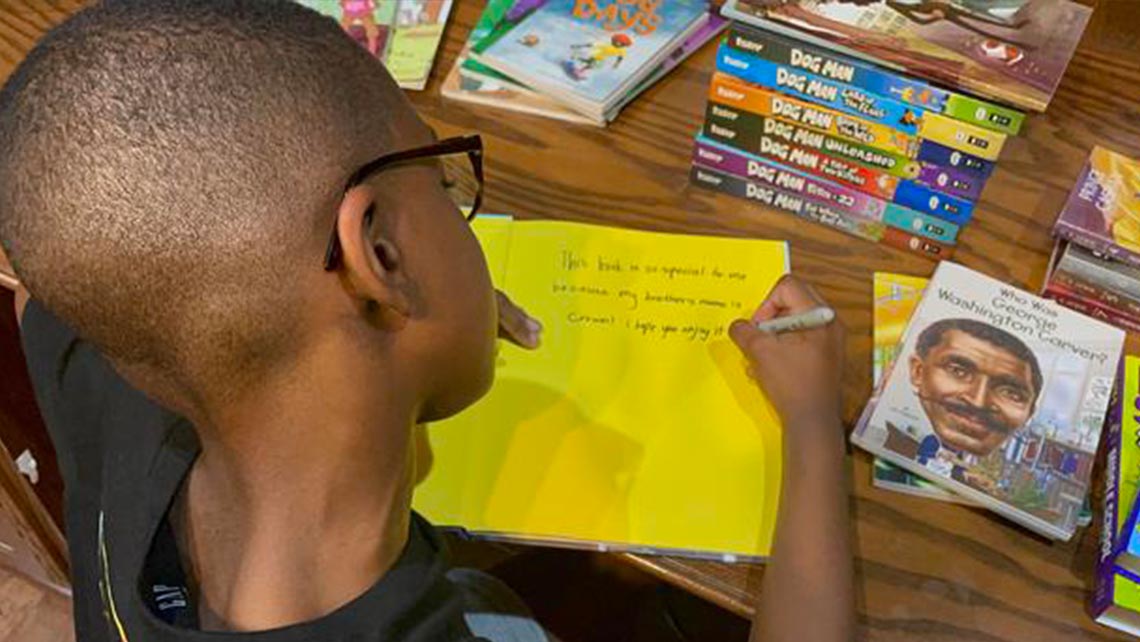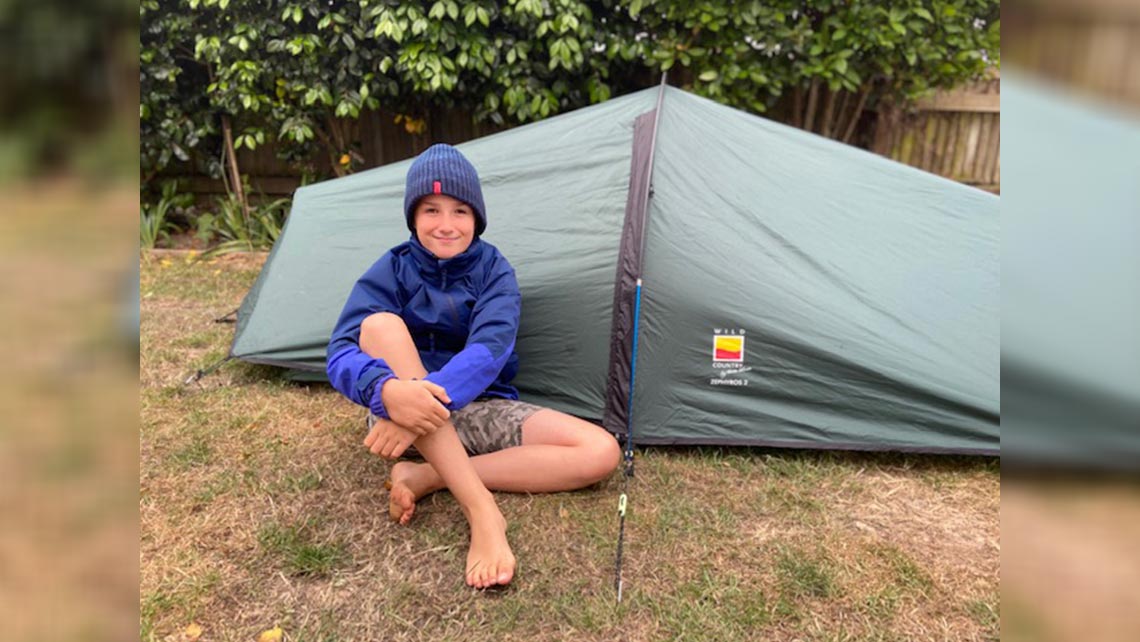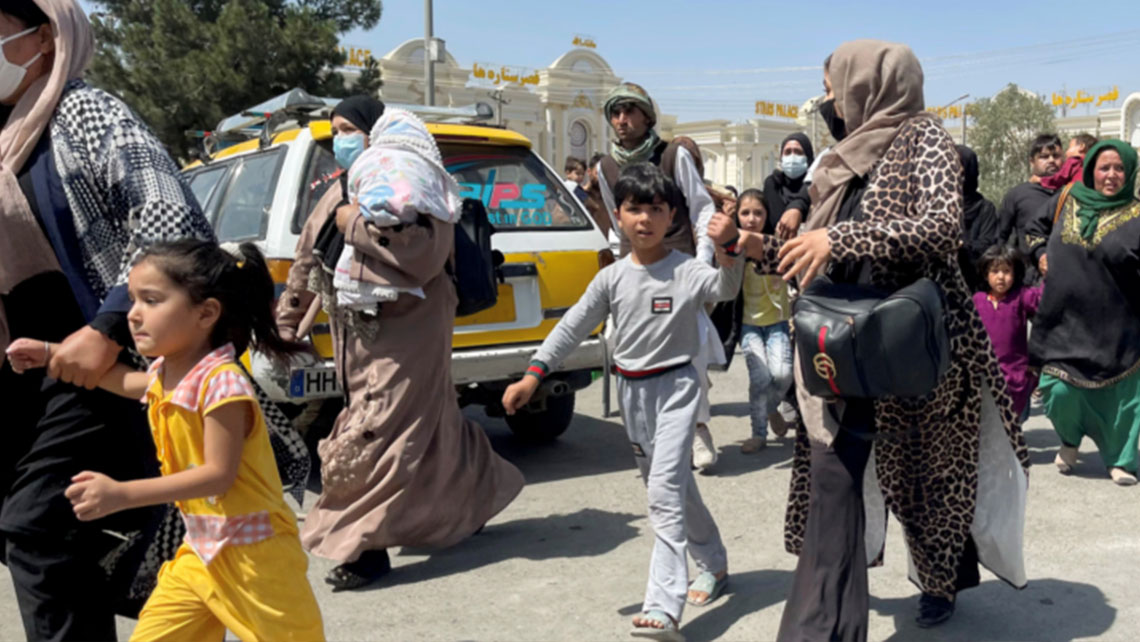After four months of giving birth to her first child, Ashley Tisdale, 35, is celebrating her newly-healed body. Tisdale opened up to her fans on social media about her development of diastasis recti – a condition where the abdominal muscles separate – during her pregnancy, and said she was able to fix it with “the right workouts.”
“Four months postpartum and I can’t believe the journey it’s been,” she wrote. “I never said this but I had diastasis recti from my pregnancy.”
“It hasn’t been easy doing the right workouts I have been able to close the gap! Thankful for my Pilates and yoga practices that have gotten me here,” she said.
When the actress gave birth to her newborn Jupiter, Tisdale expressed her frustration with her postpartum progress and wasn’t feeling the most positive. However, she didn’t give up on gaining back the comfort and confidence she once had before her baby.
“I’ve worked my butt off. Whether it’s hiking, Pilates, riding on my Peloton, and yet, I still don’t feel comfortable,” she wrote on her lifestyle website Frenshe.
However, the High School Musical actress is reminding herself and others that it takes time. She is also encouraging one another to “be kind to yourself and fill yourself up with love.”
“Everyone is going to have a different journey and it’s important to not communicate negative feelings towards our own bodies,” she expressed. “Thoughts like ‘you’re not good enough, you could look better’ have to stop! And they especially need to stop when realizing that your body just created and gave life to another human being.”


